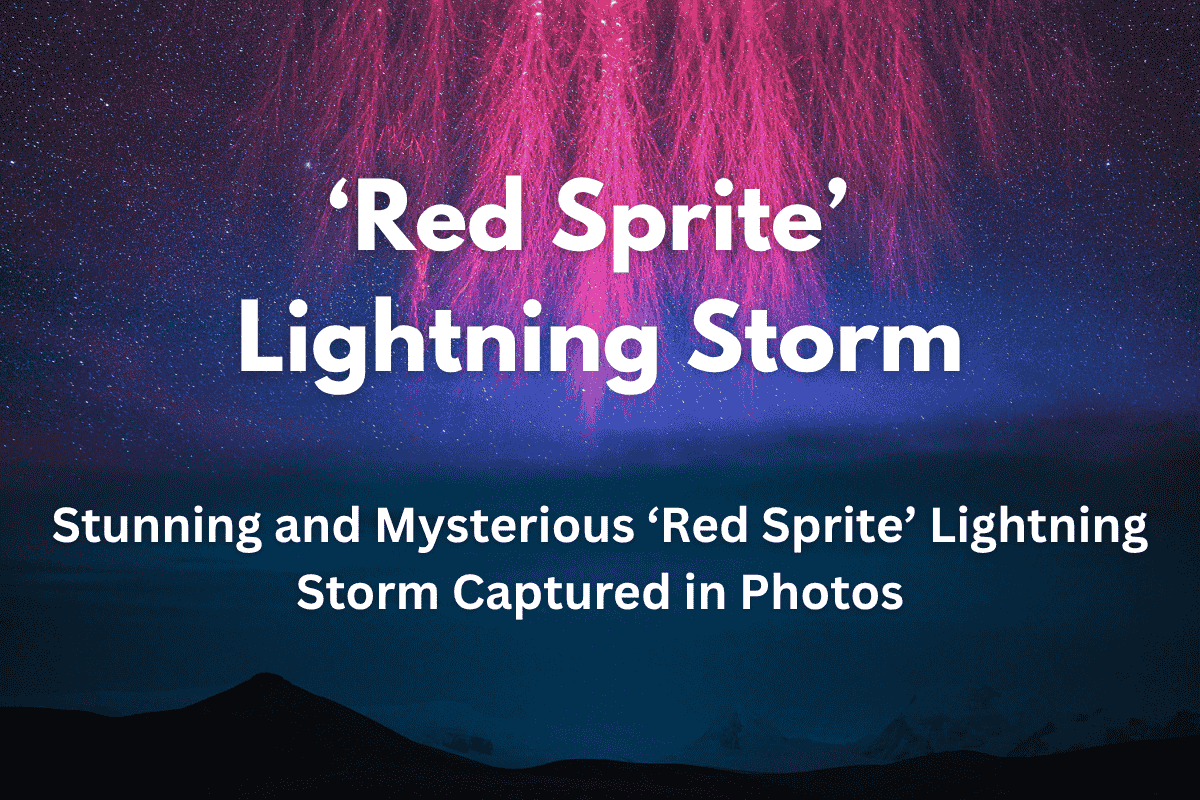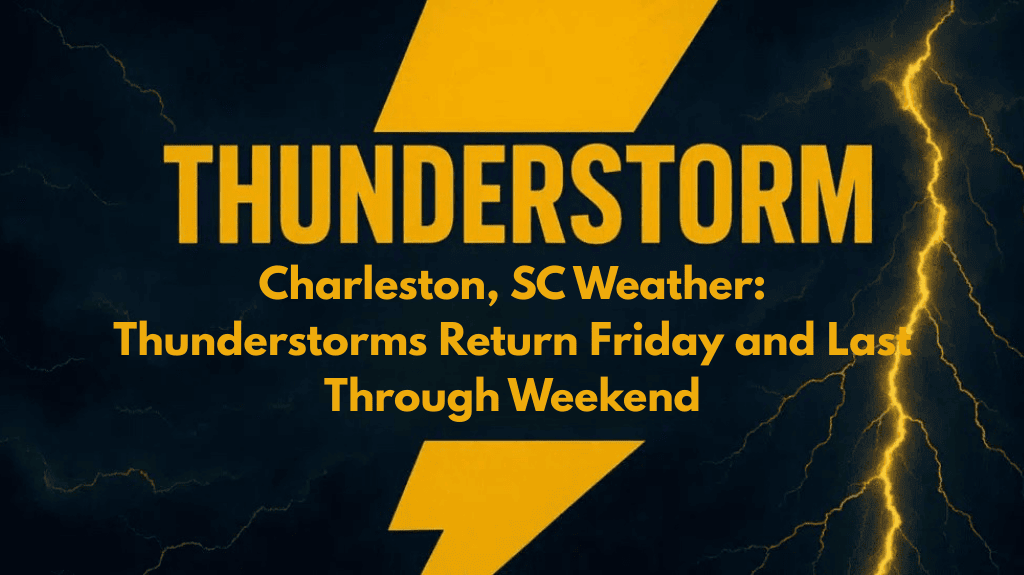Lightning is usually loud and dramatic, but on one particular night, it whispered. Far above the thunderheads stretching across northern India and Tibet, a mesmerizing display of silent crimson flashes lit up the sky. These flashes, called “red sprites”, lasted only a fraction of a second, yet an incredible 105 of them were recorded—more than anyone had ever seen in a single storm over South Asia.
Capturing the Spectacular Red Sprite Display
The red sprites were caught on video by two Chinese astrophotographers, Angel An and Shuchang Dong, who were perched near Pumoyongcuo Lake on the southern Tibetan Plateau.
Sitting almost three miles above sea level, they had an unobstructed view of the upper atmosphere, which allowed them to capture this breathtaking and scientifically intriguing phenomenon.
Unlike typical lightning, red sprites occur much higher, between 40 and 55 miles above the storm clouds. The air at this height is extremely thin, which creates the right conditions for electric fields to form gigantic filaments that glow red.
Occasionally, these filaments are crowned with bluish tendrils. Red sprites are a rare sight in South Asia due to bad weather and light pollution, but this storm delivered a remarkable show.
A Variety of Sprite Species
The storm delivered not just red sprites, but an entire cast of sprite species. Nearly half of the flashes formed dancing clusters, with 16 secondary jets shooting upward and four fleeting green glimmers, also known as ghost sprites, trailing behind the red flashes.
Despite the lack of synchronized timestamps in the video, the astrophotographers kept every frame, hopeful that new methods could later provide the precise timing of each event.
The Science Behind the Red Sprites
The mystery behind these rare flashes of lightning was unraveled by Gaopeng Lu, an atmospheric physicist at the University of Science and Technology of China.
By comparing the video with satellite-tracked star charts, Lu and his team were able to match the frames of the sprites with their true times. They confirmed that 95 of the sprites were tied to cloud-to-ground lightning strikes that carried more than +50 kiloamps of current.
“These events were truly remarkable,” said Professor Lu. The analysis revealed that the sprites were triggered by positive cloud-to-ground lightning strikes that occurred within a massive mesoscale convective system. This system was a large-scale thunderstorm system that formed over the region.
How Red Sprites are Made
Unlike typical lightning that strikes from the core of a storm, sprite-producing lightning strokes rise through the storm’s spreading anvil. The positive polarity of these strokes sets up an enormous electric field above the cloud top, causing nitrogen molecules to glow red. The resulting shapes can resemble jellyfish, columns, or even carrots. Ghost sprites, which are green flashes, form at the base of the ionosphere, hinting at energy rising even higher.
The parent thunderstorm that created these sprites was a mesoscale convective complex, an area of intense thunderstorms stretching about 77,000 square miles with cloud-top temperatures plunging to around -135 °F.
Why Location Matters: The Himalayas
The Himalayan region plays a significant role in the formation of these sprites. The mountains force air upward, and the region’s thin air lowers the ceiling between the troposphere and ionosphere, making it easier for sprites to form.
This unique geography positions the region as one of the world’s hotspots for sprite activity, joining places like the U.S. Great Plains and coastal western Europe.
Professor Lu emphasized the importance of studying these events: “Thunderstorms in the Himalayan region have the potential to produce some of the most complex and intense upper-atmospheric electrical discharges on Earth.” These discharges transport energy and charged particles from the weather systems into the middle atmosphere, offering scientists a natural laboratory to study climate-chemistry links.
A New Opportunity for Citizen Scientists
The research team also recognized the value of amateur astronomers in contributing to the study of sprites. The technique used by the team, which only requires clear skies and basic off-the-shelf cameras, allows citizen scientists to gather robust data and contribute to the growing understanding of these mysterious events.
This research highlights the potential of amateur photographers to make significant contributions to science, especially as new methods for tracking and analyzing sprites continue to evolve.
Conclusion: A Hidden Sky Show
The May 19, 2022, red sprite storm is a reminder of how even the most grandiose natural displays can remain hidden until someone points a camera in just the right direction.
The Himalayan storms are proving to be among the world’s most intense and complex electrical discharges, offering insights into atmospheric phenomena and climate science.
For storm chasers, astrophotographers, and atmospheric scientists alike, this rare display of red sprites represents a remarkable discovery in the study of Earth’s upper atmosphere.












